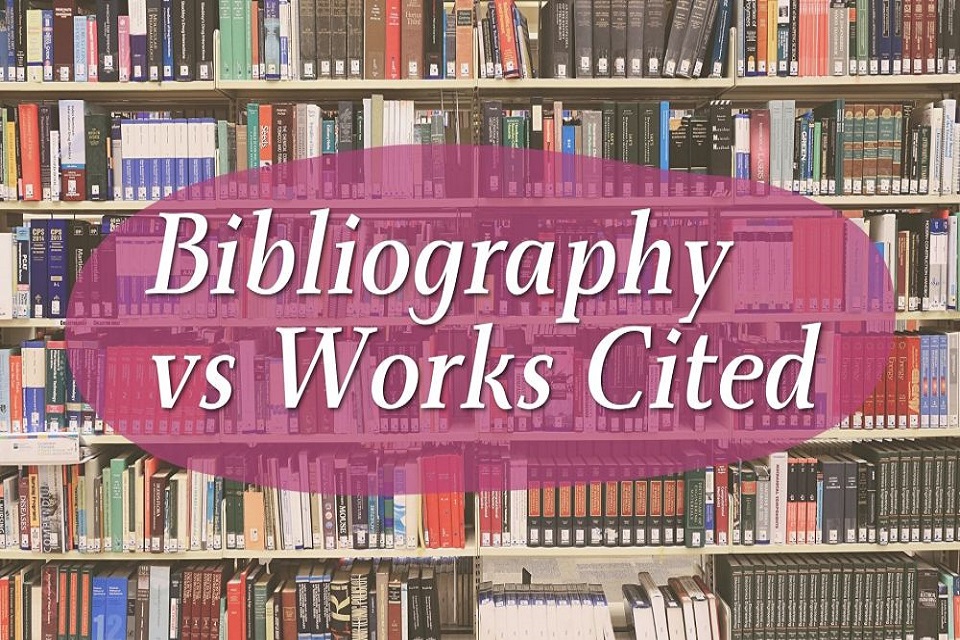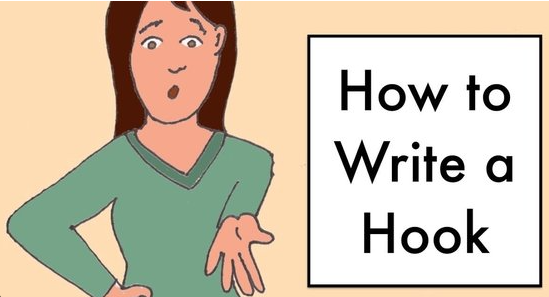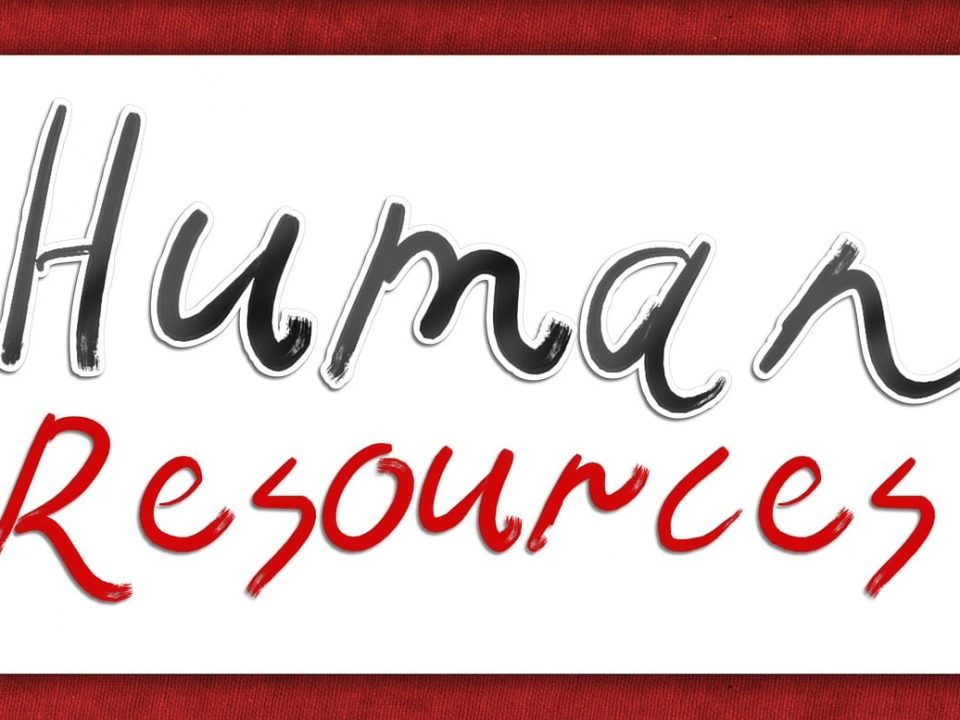Analysis of bibliography vs works cited

Question: What are the bibliography and works cited? What is the difference between a bibliographyvs works cited?
Bibliography vs Works Cited: An overview
‘I don’t need to know everything; I just need to know where to find it’; these were the words of Albert Einstein, and it fits in when a student is asked to include a bibliography or works cited page in the assignment.Irrespective of the kind of academic paper you are composing, it is vital to inform the readers about the source from where you fetched the information.Using quotes is a significant way to prove the points made in academic work. The heading is not essential and can be listed as references, bibliography or works cited; the crucial thing is its listing in the academic article. Students must provide in-text citations of the sources used in their academic articles as it helps avoid plagiarism. Citations permit the professor to examine the facts mentioned in the essay by the student. It helps them to check the accuracy of the information mentioned in the paper. Adding sources can also be helpful for students to refer to in future if they come across a similar topic.
Academic papers are a fact, and studentsare made to write them regardless of their level.As a result, it is vital to go through several empirical sources of information to back up the claims and the crucial facts added to the academic paper.The sources used in an academic paper can be from books, academic journals, magazines, websites, government publications or any other source of information; all must be accurately entered at the end of the paper.
The rationale behind Bibliography vs Works Cited
When you compose an academic assignment, it is generally required to paraphrase our quote the information included from different sources. Quoting sources does not mean that the academic paper will be full of quoted materials; instead, you need to bring out the conclusion of the information used from the source. Sources can be listed in different forms while writing an academic paper. It may include references, a reference list, a bibliography or works cited. The bibliography and works cited are two of the most common methods of listing sources. They are often used as a substitute for each other. But both these forms of sourcing have distinct identities. They are two different methods and serve different purposes.In this blog on bibliography vs works cited, we will examine the differences, but first, it’s essential to know the rationale of each.
The rationale behind the bibliography: It is generally inserted at the closure of a book or published material.It consists of referred sources such as books and articles for the academic paper.It may also contain un-referred sources if the academic task does not require including sources. The bibliography can also be an assignment for writing an annotated bibliography.Annotated bibliographies summarise all the sources and explain the relevancy of the sources to the topic.
Books:
Last name of the author, first name initials. (Year of publication)Title. City of publication: Publisher name. Page number.
Periodicals:
Last name of the author, first name initials. (Year of publication). “Title of the article.” Publication Title, Vol. #(Issue#), page number.
Website:
Last name of the author, first name initials. (Year of publication). “Document Title.”Publication Title. Retrieved on: Date, web URL.
The rationale behind works cited:The works cited page comes at the end of an academic piece comprising sources used in the paper. The list must contain all sources, whether used as quoted material or as paraphrased content. The second line of the sources has an indentation.
Books:
Last name of the author, first name of the author. Title. Publisher name. (Year of publication) Page numbers. Print.
Website:
Last name of the author, first name of the author. Title. City of publication: Publisher name, Year of publication.Website Title. Web. Accessed Date from the website.
Things to take into account while citing
Selecting between a bibliography and works cited is not in a student’s hand; it depends on the professor’s instructions. Nonetheless, whichever is the case from bibliography vs works cited, certain criteria must be considered when referring to your sources in the paper.
- The paper format must be APA or MLA throughout
- Sources must be alphabetically arranged in the list basis the last name of the author.
- Sources can be inserted in the form of footnotes or parentheses. These days, using parentheses to insert sources within the text is commonly followed as it does not interrupt the reading process. The distinction between bibliography vs works cited
After clarifying the rationale behind both the bibliography and works cited and how to enter them at the end of the paper, we can move on to the difference between bibliography vs works cited. In the below section of the blog on bibliography vs works cited, we have mentioned the major differences between the two. You will remember the bibliography vs works cited difference while framing your source list for your next academic paper. • The bibliography is often numbered, whereas it is not so for works cited.
• The bibliography may have sources which have not been directly used while writing the academic paper, whereas sources on the works cited page are always used while writing the paper.
• The information of the sources in the bibliography may be in detail compared to the sources presented on the works cited page.
• Sources entered as bibliography may not have an indentation, whereas sources on the works cited page are always indented.
• Some bibliographies require the last name of the author and his first name initials, whereas the works cited page includes the author’s last name with the first name.
• The citations on the works cited page are entered as the author’s last name with the Year of publication, whereas citations in the bibliographycan be in the form of footnotes or superscript numbers.
At the end of this bibliography vs works cited debate, we hope that we successfully explained the difference between the two, their definitions and how to use them in an academic article. You create great literary pieces using the information mentioned in this blog on bibliography vs works cited.
FAQs
What is a meeting agenda and how to write a meeting agenda?
What will happen during a meeting is outlined in the agenda. The following should be included when you are considering how to write a meeting agenda:
How to write a meeting agenda, including essential items?
The following should be on a meeting agenda:
When to use a meeting agenda?
Every meeting—or at the very least official ones—should have an agenda. A meeting agenda is useful if you want to save time, be on the right track, or achieve a certain goal.
When to use a meeting agenda?
Every meeting—or at the very least official ones—should have an agenda. A meeting agenda is useful if you want to save time, be on the right track, or achieve a certain goal.
When to use a meeting agenda?
Every meeting—or at the very least official ones—should have an agenda. A meeting agenda is useful if you want to save time, be on the right track, or achieve a certain goal.
Total Assignment Help
Incase, you are looking for an opportunity to work from home and earn big money. TotalAssignmenthelp Affiliate program is the best choice for you.
Do visit :https://www.totalassignment.com/affiliate-program for more details
Total Assignment help is an assignment help Online service available in 9 countries. Our local operations span across Australia, US, UK, South east Asia and the Middle East. With extensive experience in academic writing, Total assignment help has a strong track record delivering quality writing at a nominal price that meet the unique needs of students in our local markets.
We have specialized network of highly trained writers, who can provide best possible assignment help solution for all your needs. Next time you are looking for assignment help, make sure to give us a try.
Looking for Assignment Help from Top Experts ?
Get the best Assignment Help from leading experts from the field of academics with assured onetime, 100% plagiarism free and top Quality delivery.


